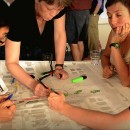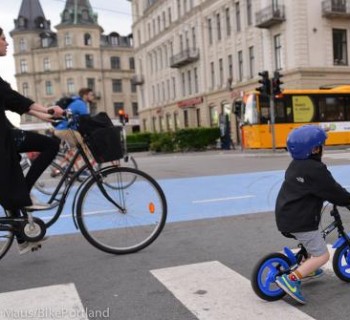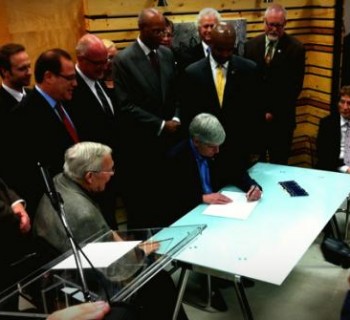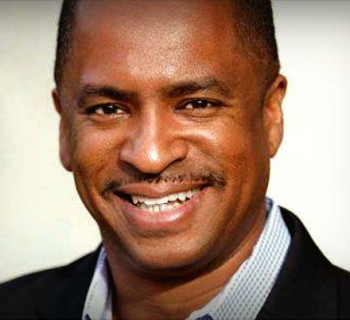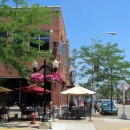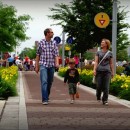Editor's Note: This article originally appeared in PeopleforBikes.org and is reposted with permission.
"People don’t know what they want until you show it to them." -Steve Jobs
How would you paint a desert landscape if you’ve never left Rhode Island?
What if someone asked you to design a better pair of skis, but you’d never hit the slopes in your life?
How could you envision a better kind of bike lane — one that is safe, intuitive, and attractive to people of all ages — if your only basis for experience was modern-day America?
In my work, I’ve found that there’s no better place to spark the imagination than Denmark.
American city thinkers have been getting their minds blown over there for a while. Most of them come back wishing that their mayors and bosses had been by their side. That’s why the Green Lane Project provides scholarships for city leaders to visit the most people-friendly cities of Northern Europe. And this winter, we’ll be selecting six new cities to join the program.

Copenhagen’s protected bike lanes are elevated from the street, with a second curb to separate bike space from sidewalks.
Last fall, I led a delegation of elected officials, department executives and senior staff from three different American cities on an expedition to Denmark’s most innovative cities. During the trip, we rode bikes to meetings using Copenhagen’s extensive network of protected bike lanes — it’s the fastest, most convenient way to get around. Participants found kinship with some of Europe’s leading experts on city life, transportation, and politics. We discovered that even in the world’s happiest country, change isn’t easy.
We visited lively streets full of people and thriving businesses, only recently transformed from car-oriented thoroughfares to bustling neighborhood centers. And we strategized — a lot — about how to bring the best things about Copenhagen back home. For six days, American city officials battled jet lag and backlogged inboxes to allow themselves a simple luxury rarely granted to busy professionals: pausing to dream about how great their cities could be.

A city is an elaborate experience, and there’s simply no virtual or 2-D substitute for seeing it, feeling it, and living it. Just being in a new place can encourage bold, creative thinking. As one delegate put it, “we never could have had these kinds of conversations about our city back home.” The cycle tracks of Copenhagen are a fast track to the political will and technical know-how necessary to change the way streets work in America.
It’s oh-so tempting to dismiss European experience as a viable model for the USA. I once did. Skeptics can easily list the reasons why Copenhagen is different; it’s flatter, denser, wealthier and more compact. Taxes on car ownership and use are among the highest in the world. It has a population that grew up in a culture of mainstream bicycling. These differences are real, for sure. It’s easy to be discouraged by this — until you go there and meet the Danes who spend their careers working to make their cities better places.

Kids are regular users of Copenhagen’s bike network - a sure sign that it’s safe, easy to use, and comprehensive.
For U.S. city professionals, hearing Danish peers describe Copenhagen of the 1960s as renowned for cars and traffic jams, not bikes and outdoor cafes, is empowering. Today’s transformed Copenhagen is the product of 40+ years of dedicated investment and hard work. When you realize that someone in Copenhagen has a job very similar to yours, cares about many of the same things you do, and experiences many of the same victories and frustrations in their work as you, it becomes much more difficult to insist that our cities’ problems, solutions and cultures are exceptional.

Contemporary Copenhagen sends a very different message about how urban space should be used. Cars are allowed on today’s plaza for deliveries, but there’s no question that this is a space for meant for people.
That’s not to say that the Copenhagen experience can simply be boxed up and shipped to America (or can it?). It took decades of incremental change to create the Copenhagen I know today. The Green Lane Project cities are pioneers: innovators and change agents who have the experience and influence to quickly advance new ideas. They know that their role is not to copy what they see in Copenhagen, but figure out how to do it faster — and better — in America.



